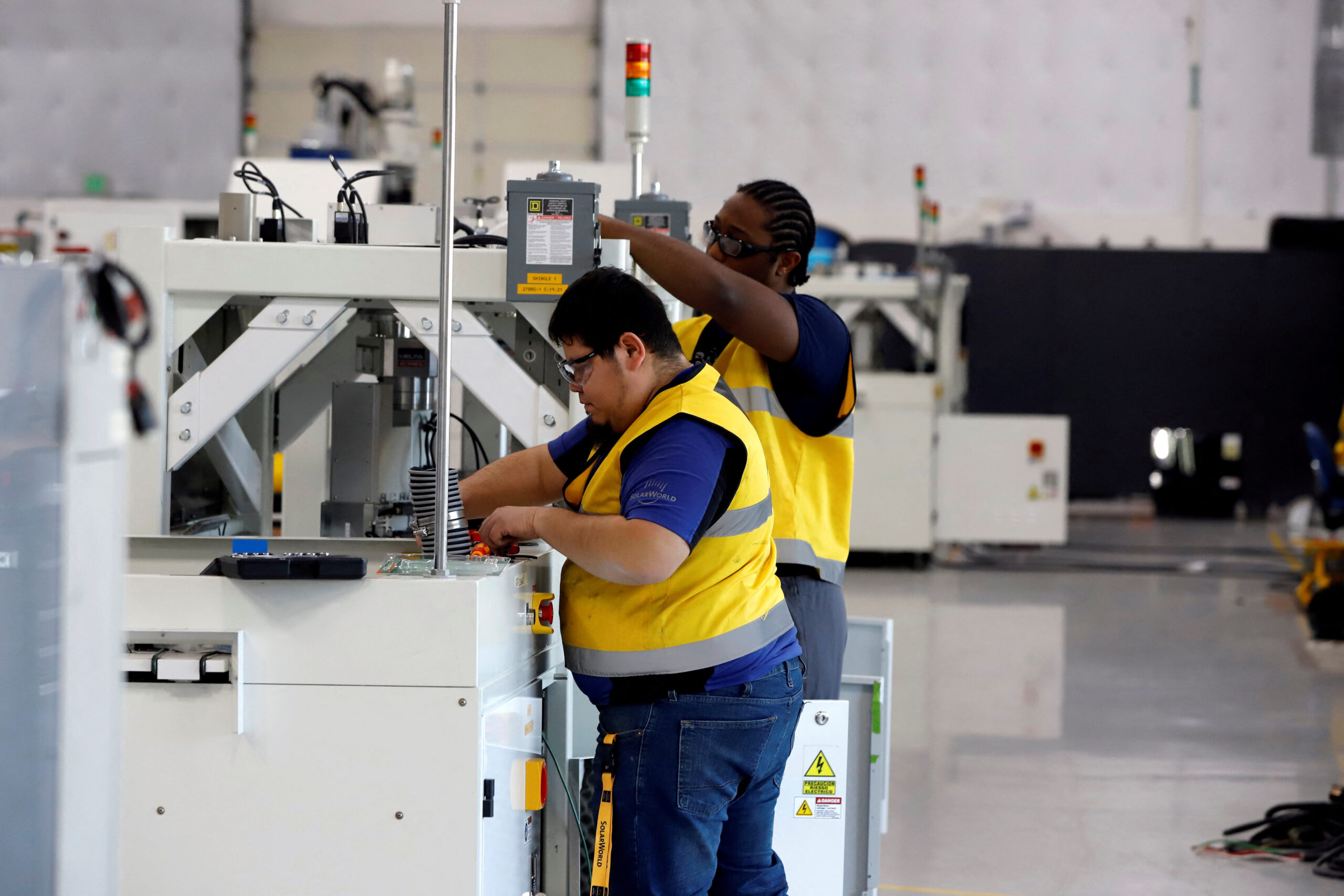The COVID-19 pandemic caused significant upheaval in the U.S. labor force, often referred to as “The Great Resignation.” In 2022, over 50 million workers voluntarily left their jobs, following the 47.8 million who did so in 2021. By 2023, the trend began to ease, with 30.5 million workers resigning as of August.
However, this shift is more accurately described as “The Great Reshuffle.” While quit rates have remained elevated, hiring rates have consistently surpassed them as workers transition to new roles in pursuit of better work-life balance, increased flexibility, higher pay, or a more positive company culture.
The U.S. Chamber of Commerce has been closely monitoring trends in job openings, labor force participation, and quit rates across various industries. Jobs that require in-person attendance and typically offer lower wages have faced significant retention challenges, even before the pandemic. For instance, the leisure and hospitality sector has consistently recorded the highest quit rates, particularly in the accommodation and food services subsector, where the quit rate has remained at or above 4% since July 2022.
Despite these challenges, hiring rates across industries have outpaced quit rates. In January 2024, the leisure and hospitality industry experienced a loss of 781,000 workers but hired 1.05 million new employees during the same period. Since November 2020, this industry has consistently maintained the highest hiring rate, fluctuating between 6% and nearly 19%, significantly exceeding the national average hiring rate of 3.7% as of January 2024.
When examining labor shortages, sectors such as education, health services, and professional and business services consistently report the highest number of job openings. The professional and business services sector encompasses a wide range of occupations, including legal services, scientific research, landscaping, cleaning, and waste management roles.
Conversely, industries with higher pay and greater stability, such as financial activities and manufacturing, have experienced lower quit rates. However, labor force participation remains below pre-pandemic levels. If participation matched February 2020 rates, an additional two million workers would be available in the labor market. This shortfall impacts industries across nearly every state, and even if all unemployed individuals filled available roles in their respective fields, millions of positions would remain vacant, underscoring the breadth of the labor shortage.
The manufacturing industry, for example, lost approximately 1.4 million jobs during the pandemic’s early stages. While significant progress has been made to recover these losses, gaps remain, with 622,000 unfilled manufacturing positions as of January 2024. Durable goods manufacturing has recovered more robustly than non-durable goods manufacturing. On the other hand, the construction sector faces a labor surplus, with an average of 480,333 individuals seeking jobs each month compared to 383,917 monthly job openings in 2023.
It’s important to note that a labor surplus doesn’t guarantee all positions will be filled, as geographic mismatches and other barriers can prevent workers from accessing available roles. Additionally, industries with labor surpluses may still face shortages in the future.
All sectors of the economy are actively recruiting, although hiring rates vary significantly. For example, the mining and logging industry, one of the smallest sectors by employment, hired just 286,000 workers from January to December 2023. In contrast, industries such as leisure and hospitality and professional and business services each hired roughly 13 million workers over the same period.
Unemployment, while relatively low, continues to vary across industries. As of February 2024, the national unemployment rate stood at 3.9%, with approximately 6.5 million people unemployed. Industries with lower-than-average unemployment rates face heightened competition for a limited pool of experienced candidates, making talent acquisition more challenging.
Remote work has declined significantly since its peak during the pandemic, with only 25% of employees now working remotely part-time. Although this marks a steep drop, it is still significantly higher than pre-pandemic levels, suggesting remote work will remain a feature of the workforce in the years ahead. Industries requiring physical presence, such as hospitality, food services, transportation, and retail, have the highest proportion of fully in-person roles, with nearly 80% of workers on-site. Conversely, industries like information and finance, which require less physical labor, have less than 30% of employees working entirely on-site.
To attract and retain talent amid ongoing labor market challenges, businesses can take proactive measures, such as reducing barriers to workforce entry, expanding childcare access, offering innovative benefits, engaging in second-chance hiring, and providing opportunities for upskilling and reskilling. These efforts are critical as the workforce continues to age and employers create new job opportunities.
The labor market’s challenges are expected to persist for decades, underscoring the need for businesses to adopt strategic approaches to remain competitive. By addressing current trends and preparing for the workforce of the future, employers can navigate the evolving labor landscape effectively.




